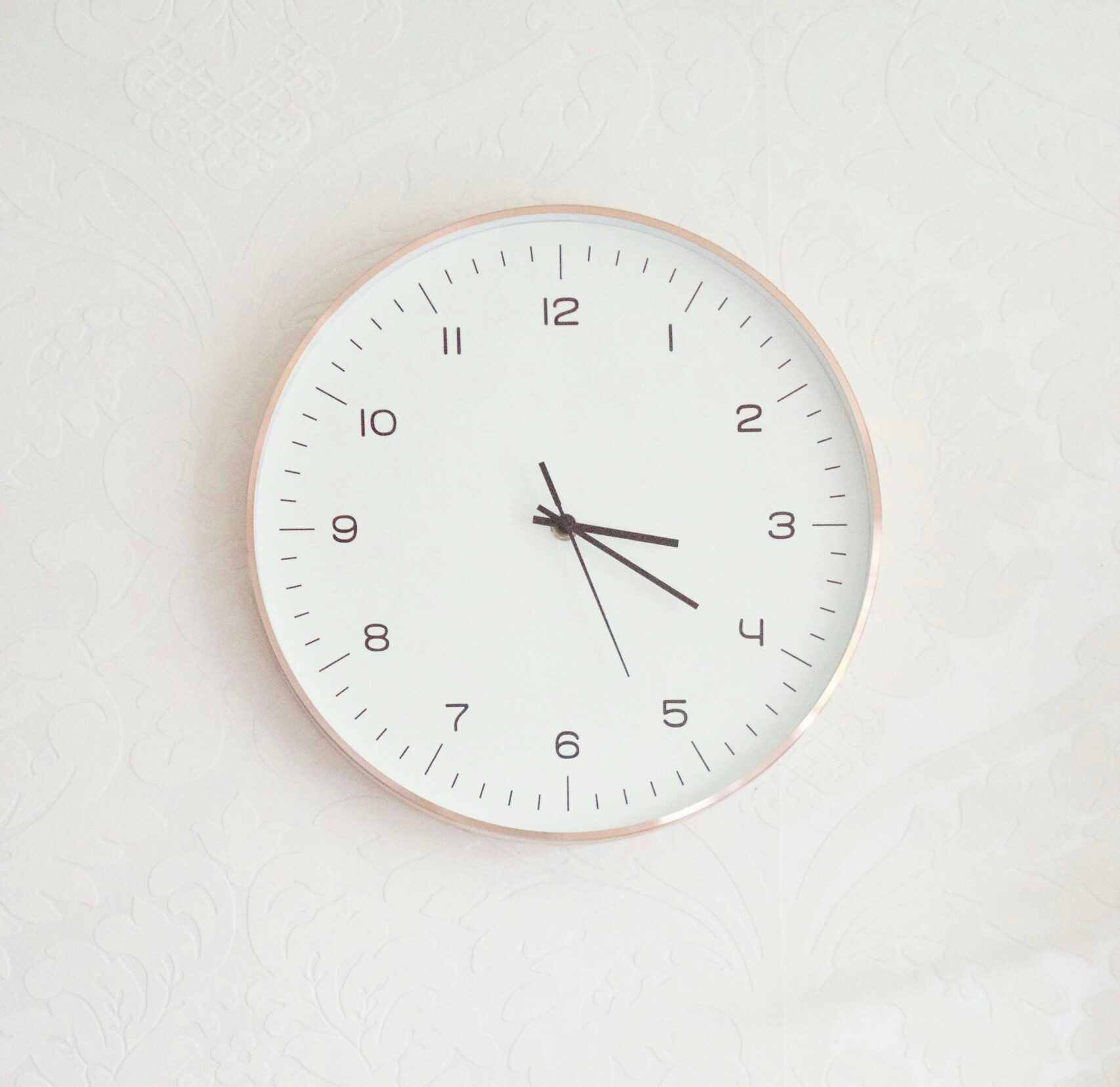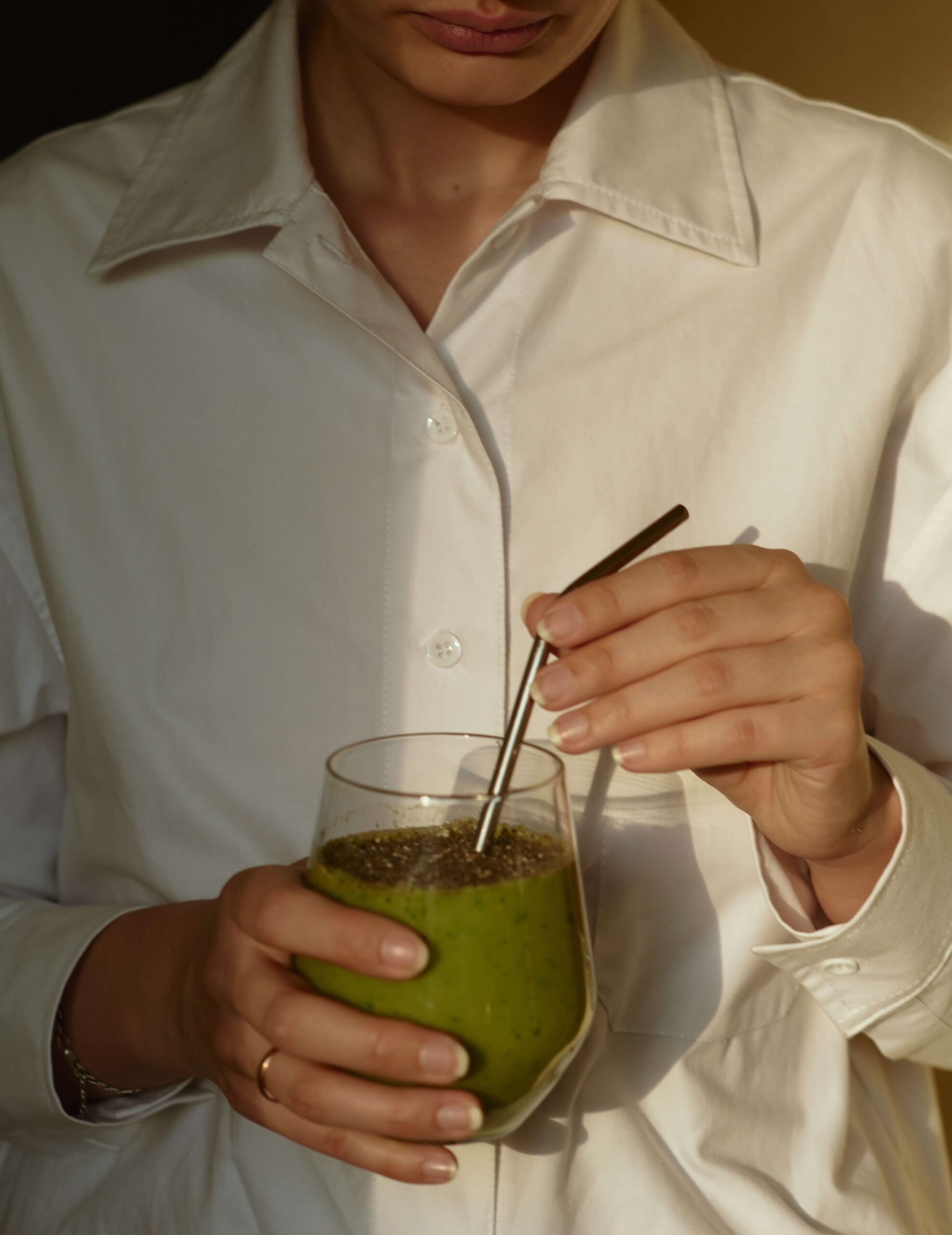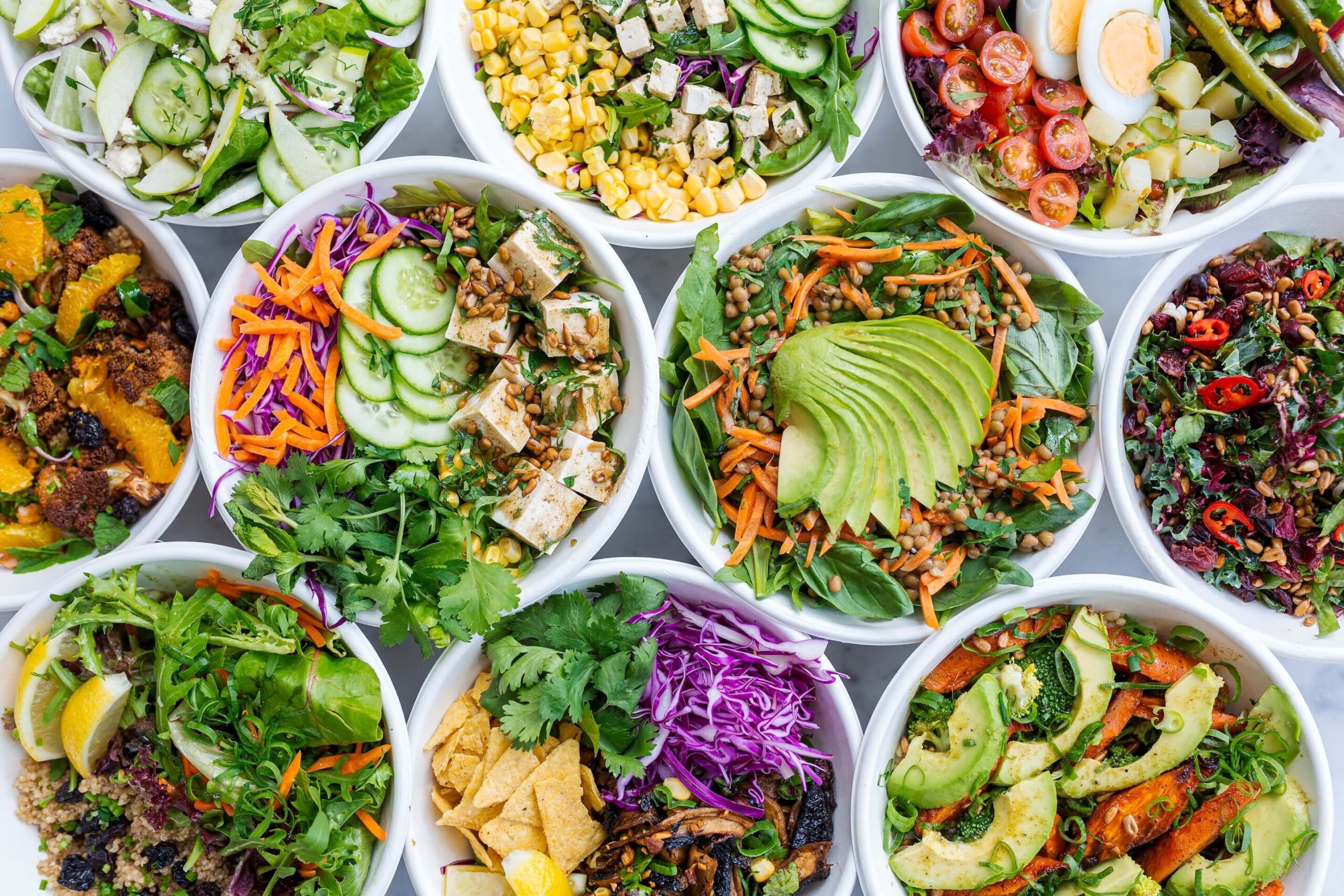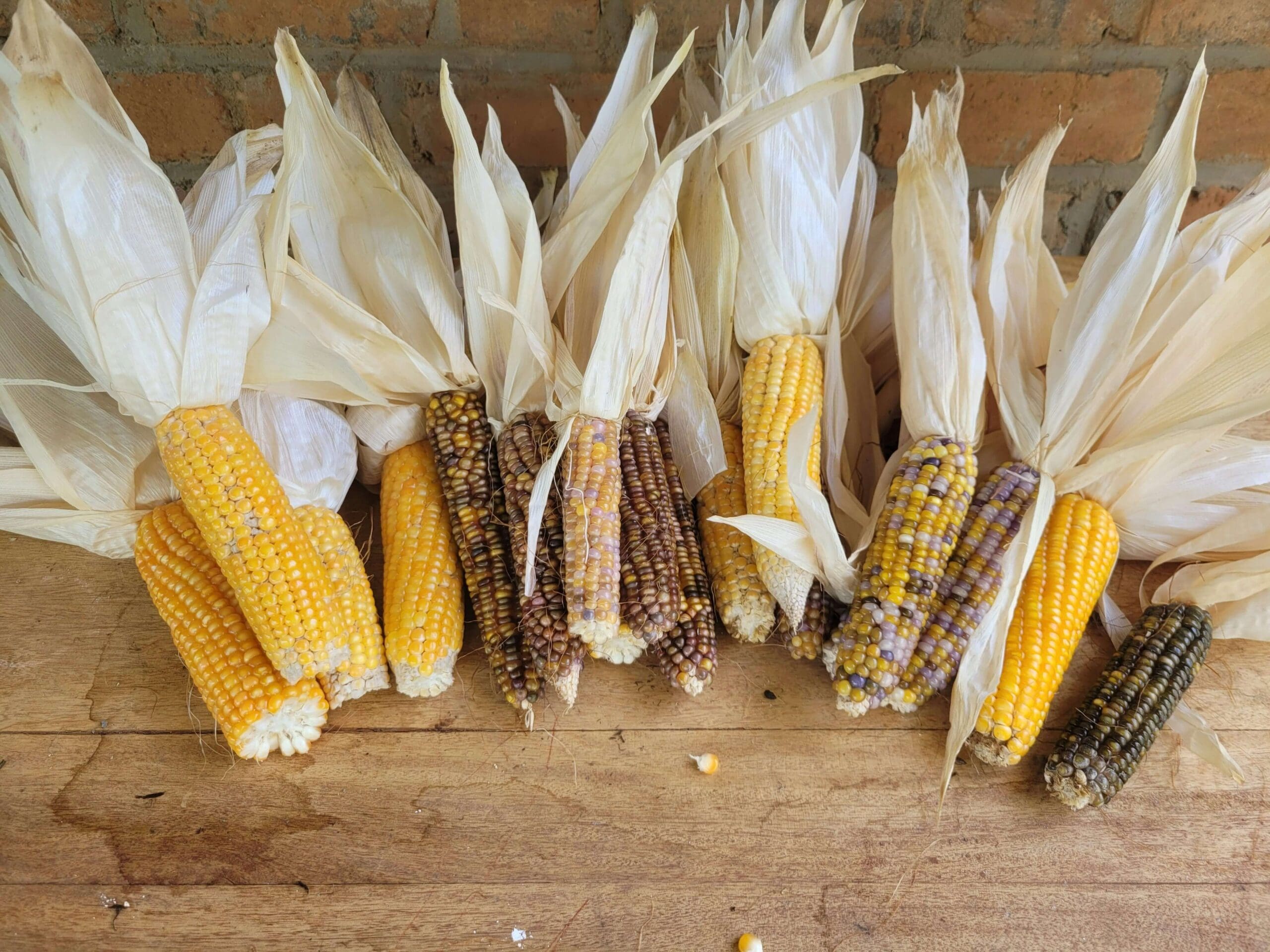Cancer used to feel like something that only happened later in life to your parents or grandparents.Young people get cancer too. And as an oncology dietitian, I’m seeing more and more young adults facing diagnoses they never thought would touch their generation.
If you’ve ever wondered why this is happening and what you can do to protect yourself – this post is for you. This isn’t about creating fear.
It’s about giving you the right information to protect yourself. In this article, you’ll learn why cancer rates are climbing in people under 50, which lifestyle changes make the biggest difference, and how early detection saves lives.
You’ll also discover what parents can do right now to protect their children’s future health. The science is clear: many cancers are preventable. Let’s talk about what actually works.
Get Your Free Clean Scan Plan!
When your body is working hard, the right fuel matters. The Clean Scan Plan shows you how to eat and hydrate in ways that strengthen your immune system and keep you resilient throughout treatment and beyond.
Why Cancer Rates Are Rising in Young Adults?
Cancer diagnoses in young adults have increased steadily over the past three decades. From 1995 to 2040, young adults were the only age group showing consistent increases in overall cancer incidence, with rates climbing 1% to 2% each year.
The numbers tell a sobering story. Women under 50 now face an 82% higher cancer incidence rate than men in the same age group, up dramatically from just 51% in 2002. Colorectal cancer has become the leading cause of cancer death in men under 50 and the second leading cause in women.
Researchers initially thought better screening explained these increases. But the data proves otherwise. While improved detection plays a role, real increases in disease occurrence are happening.
One of my clients, Sarah, was diagnosed with colorectal cancer at 43. She told me, “I thought I was too young for this. I didn’t even know I should be worried.” That’s the problem. Too many young people don’t realize they’re at risk and that they have options to make changes now, and I help you do just that.
Which Cancers Are Increasing Most in Young People?
Fourteen cancer types now show rising rates in people under 50. The most dramatic increases appear in:
- Colorectal cancer: Rates have doubled since the 1990s in people under 50, with nearly 10% of new cases worldwide now occurring in this age group
- Breast cancer: Remains the most common early-onset cancer in women
- Endometrial and uterine cancers: Both incidence and death rates are climbing
- Pancreatic cancer: One of the fastest-growing cancers in younger adults
- Kidney cancer: Increasing across multiple age groups under 50
- Thyroid cancer: Particularly common in younger women
As your cancer dietitian, I want to be clear: these statistics don’t mean you’re destined to get cancer. They mean we need to take prevention seriously, starting now.
If you’re ready to stop guessing and get expert guidance tailored to you to keep your cancer risk down, apply for VIP 1:1 oncology nutrition coaching with me today.
The Role of Lifestyle Factors in Cancer Prevention
Here’s what you need to know, at least 18% of all cancers are directly linked to high body fat, physical inactivity, alcohol use, and poor nutrition. That means nearly one in five cancers could be prevented through lifestyle changes and that’s something you have control over, which is good news.
That means nearly one in five cancers could be prevented through lifestyle changes you control. This isn’t about perfection. It’s about progress.
Maintaining a Healthy Weight Throughout Your Life
Obesity increases risk for 13 different cancer types, including breast, colorectal, pancreatic, kidney, and endometrial cancers. What surprises most people is that timing matters. Research shows that weight during childhood and young adulthood affects cancer risk more than weight gained later in life.
In my practice, I show clients how to achieve sustainable weight management without extreme diets or restrictive eating. One of my 1:1 clients told me this week, “I finally understand that healthy weight isn’t about looking a certain way. It’s about reducing my cancer risk and feeling strong in my body.”
The American Cancer Society recommends maintaining a body mass index (BMI) under 30. But this isn’t just about a number on a scale. It’s about reducing inflammation, balancing hormones, and creating an internal environment where cancer struggles to develop.
Physical Activity and Cancer Risk Reduction
Regular physical activity powerfully reduces cancer risk. Adults need 150 to 300 minutes of moderate-intensity activity weekly, or 75 to 150 minutes of vigorous activity.
Exercise works by lowering sex hormone levels (like estrogen), reducing inflammation, preventing insulin resistance, and supporting a healthy immune system.
But here’s what many people miss: sitting time increases cancer risk regardless of how much you exercise. Even if you work out regularly, prolonged sitting raises your risk of obesity, type 2 diabetes, and several cancers.
In my programs, I help survivors understand that movement throughout the day matters just as much as dedicated workout time. Simple changes like taking walking breaks, using a standing desk, or parking farther away add up.
Following a Plant-Forward Diet
The evidence supporting plant-forward eating patterns for cancer prevention keeps growing stronger. Mediterranean and plant-based diets rich in vegetables, fruits, whole grains, legumes, and healthy fats consistently show protective effects.
What I’ve seen with my clients is that this way of eating doesn’t feel restrictive. It feels nourishing.
Focus on these principles:
- Fill half your plate with colorful vegetables and fruits
- Choose whole grains over refined grains
- Limit red meat and avoid processed meats
- Include fiber-rich foods daily (beans, lentils, vegetables, whole grains)
- Use olive oil as your primary fat source
One survivor in my program shared, “You taught me that cancer prevention isn’t about giving up foods I love. It’s about adding more foods that love me back.” That’s exactly the mindset shift I want for you.
Limiting Alcohol Consumption
Alcohol is a known carcinogen linked to multiple cancer types, including breast, liver, mouth, throat, and esophageal cancers. The safest choice is not drinking at all.
If you do drink, current recommendations suggest limiting intake to one drink per day for women and two for men. As your oncology dietitian, I help clients navigate social situations and find alternatives that don’t compromise their cancer prevention goals.
Quitting Smoking and Tobacco Use
Smoking remains the leading preventable cause of cancer worldwide. Tobacco contains over 7,000 chemicals, including known carcinogens like benzene and formaldehyde.
These chemicals damage DNA directly, causing mutations that lead to cancer, particularly lung, mouth, throat, and bladder cancers. If you smoke, quitting is the single most important step you can take. Resources like smokefree.gov provide free support.
Take Control of Your Health Journey
Our Clean Scan Plan has helped thousands navigate their cancer prevention and survivorship journey with confidence. Get instant access to this valuable resource and start making changes that matter.
HPV Vaccination: Your Most Powerful Cancer Prevention Tool
The HPV vaccine prevents more than 90% of cancers caused by human papillomavirus, including cervical, vaginal, vulvar, penile, anal, and oropharyngeal cancers. This is cancer prevention you can actually see working in real time.
What the HPV Vaccine Prevents?
HPV is the most common sexually transmitted infection, and persistent infections cause several cancer types decades after initial exposure.
The current vaccine (Gardasil 9) protects against nine HPV strains responsible for most HPV-related cancers. Recent CDC data shows that vaccinated women aged 20 to 24 experienced an 80% reduction in precancerous cervical lesions compared to unvaccinated women.
Who Should Get the HPV Vaccine?
The CDC recommends routine HPV vaccination at ages 11 to 12, though vaccination can start as early as age 9. Catch-up vaccination continues through age 26 for anyone not adequately vaccinated earlier. Adults aged 27 to 45 should discuss vaccination with their doctor, particularly if they have new or multiple sexual partners.
Children starting the vaccine series before age 15 need only two doses. Those beginning at age 15 or older require three doses. The vaccine works best when given before any HPV exposure, which is why early vaccination provides the strongest lifelong protection.
Early Detection and Screening Guidelines for Young Adults
As your cancer dietitian, I tell every one of my clients: prevention and early detection work together. You can’t rely on one without the other.
Colorectal Cancer Screening Now Starts at 45
Major medical organizations lowered the recommended colorectal cancer screening age from 50 to 45 in 2021. This change came after clear evidence showed rising rates in younger adults. Screening options include colonoscopy, stool-based tests (FIT), and other methods.
If you have a first-degree relative (parent or sibling) diagnosed with colorectal cancer, start screening 10 years before their diagnosis age, sometimes as early as your 30s.
Research shows that after the new guidelines took effect, colorectal screening among people aged 45 to 50 increased by 62%, and diagnoses in that age group jumped from 1% to 12%. That’s good news. More cancers caught early when they’re most treatable.
Understanding Your Family History and Genetic Risk
Family history significantly impacts your cancer risk. People with first-degree relatives diagnosed with cancer, especially at young ages, face higher risks themselves.
This is where genetic counseling becomes valuable. Some people inherit gene mutations (like BRCA1, BRCA2, or Lynch syndrome) that dramatically increase cancer risk.
Research shows disparities in genetic testing access, with minority patients less likely to receive appropriate testing based on family history alone.
As your oncology dietitian, I encourage everyone to document their family cancer history on both sides and discuss it with their healthcare provider. Knowing your risk allows for earlier, more frequent screening and, in some cases, preventive measures that can save your life.
If you want expert guidance on how to lower your risk through nutrition, lifestyle, and personalized prevention strategies my VIP 1:1 Cancer Nutrition & Lifestyle Coaching Program is where we do exactly that. We’ll take your family history, lab markers, and daily habits and turn them into a clear, evidence-based plan that helps you feel in control, not afraid.
The Parental Influence: Protecting Future Generations
Cancer prevention starts before birth. Research suggests that maternal choices during pregnancy, including diet, smoking, and alcohol consumption, affect children’s future cancer risk. Parents have tremendous power to shape their children’s long-term health through the environment they create and the habits they model.
5 Ways Parents Can Influence Children’s Health Habits
In my coaching work with families, I focus on these evidence-based strategies:
- Model healthy food choices – Children who see parents eating vegetables, whole grains, and lean proteins adopt these preferences themselves
- Establish regular meal times – Consistent eating schedules prevent unhealthy snacking and overeating
- Limit sugary and processed foods – Keep these as occasional treats, not daily staples
- Practice mindful eating – Teach children to recognize hunger and fullness cues
- Involve children in meal preparation – Kids who help cook are more likely to try new foods and appreciate nutrition
Protecting Children from Cancer Risk Factors
Protect children’s skin from sun damage. Just a few serious sunburns during childhood significantly increase skin cancer risk later in life.
Ensure children get at least 60 minutes of daily physical activity. Maintain healthy weight through childhood, as children with obesity are more likely to become adults with obesity, multiplying their cancer risk. Finally, eliminate secondhand smoke exposure completely.
Taking Action: Your Cancer Prevention Checklist
Cancer prevention doesn’t require perfection. It requires consistency in key areas that make the biggest difference. Here’s your action plan:
- Maintain a healthy weight through balanced eating and regular activity
- Move your body 150+ minutes weekly and reduce sitting time
- Follow a plant-forward diet rich in fiber, vegetables, fruits, and whole grains
- Avoid or strictly limit alcohol consumption
- Never smoke or use tobacco products
- Get HPV vaccination if you’re under 26 (or discuss with your doctor if 27 to 45)
- Follow age-appropriate screening guidelines for colorectal, breast, and cervical cancers
- Know your family history and discuss genetic testing if warranted
- Protect your skin from excessive sun exposure
- See your doctor for annual checkups and persistent symptoms
Ending Thoughts
Rising cancer rates in young adults are real and concerning. But as your oncology dietitian, I see hope and results every day. The clients I work with aren’t just reading about prevention. They’re living it with my support and feeling their absolute best.
They’re making choices that reduce their risk, finding confidence in their bodies again, and building health that lasts. This isn’t about achieving some impossible standard of perfection. It’s about taking consistent action in the areas that matter most.
You have more control over your cancer risk than you might think. Your lifestyle choices today shape your health for decades to come. That’s exactly what your first step, the Clean Scan Plan, helps you understand and implement.
This free guide provides everything you need to understand your risk, make powerful lifestyle changes, and build lasting confidence in your health journey.
References
- https://www.cancer.gov/news-events/cancer-currents-blog/2025/early-onset-cancer-research-environment-genetics-support
- https://www.mskcc.org/news/why-is-cancer-rising-among-young-adults
- https://www.yalemedicine.org/news/early-onset-cancer-in-younger-people-on-the-rise
- https://www.nih.gov/news-events/news-releases/incidence-rates-some-cancer-types-have-risen-people-under-age-50
- https://www.cancer.gov/about-cancer/causes-prevention/risk/obesity/obesity-fact-sheet
- https://www.cancer.gov/about-cancer/causes-prevention/risk/obesity/physical-activity-fact-sheet
- https://www.cdc.gov/vaccines/vpd/hpv/hcp/recommendations.html
- https://pmc.ncbi.nlm.nih.gov/articles/PMC5890433/






